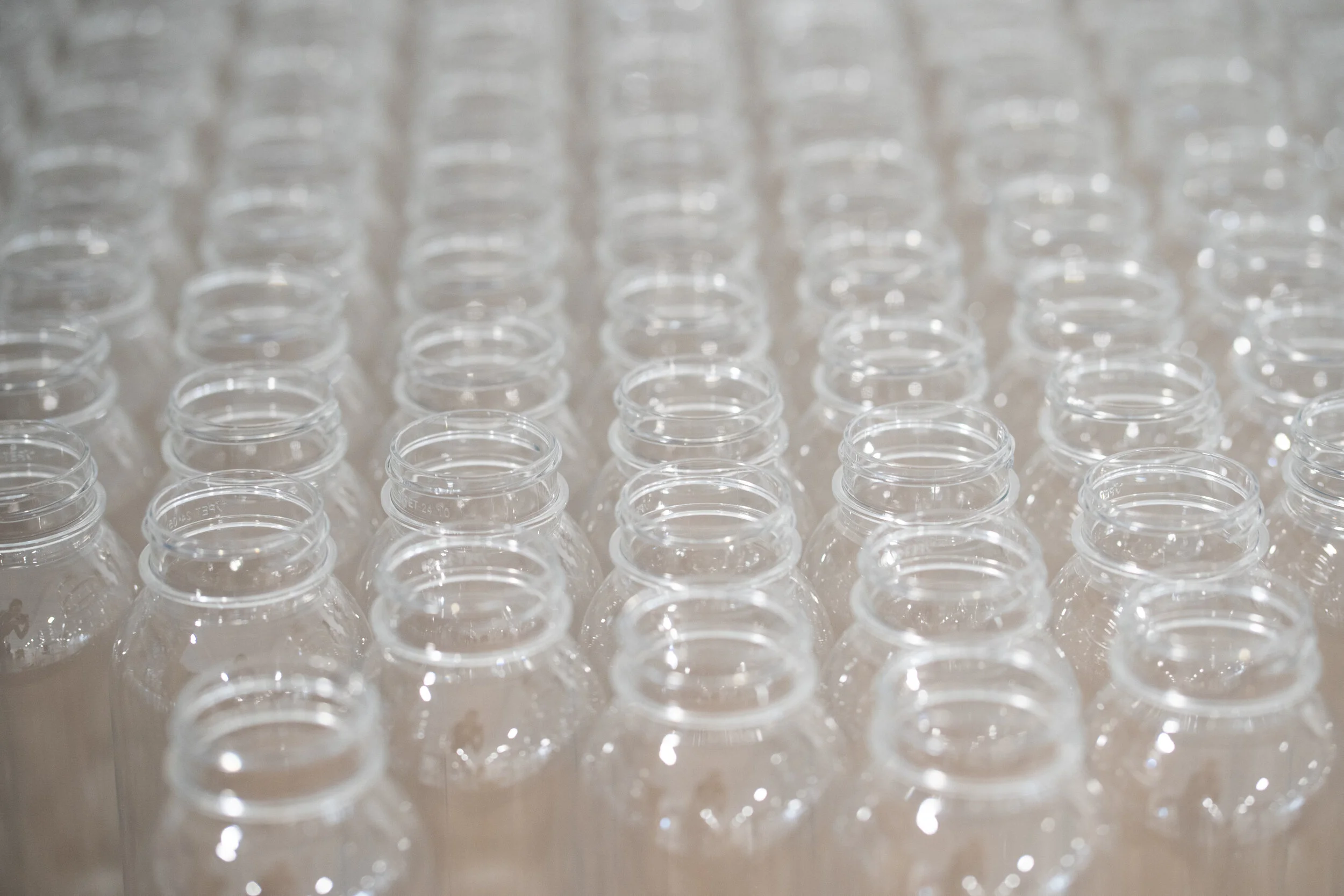
The Paradox of the Heap is a philosophical concept which offers an analogy for our current environmental crisis. In the paradox, one adds a single grain of sand to another, one at a time, until eventually there is a giant heap of sand. No individual grain is more responsible for creating the heap than any other, yet it is undeniable that there is now a heap. A single grain of sand may seem inconsequential, but the whole cannot exist without the individual. It is collective action which causes the outcome.
The climate crisis is the defining issue of our time. The UN announced that we, as a global community, have until 2030 to reverse the ever-advancing effects of climate change - 10 years to narrowly avoid irreversible and disturbing repercussions. Even as I grow more anxious for humanity’s future, I continue to live complicitly with a constructed belief that I alone cannot be consequential against a society which is engrossed in individual gratification. This cognitive dissonance is what I attempt to make visible. This photographic series presents moments in time, which have collectively, along with millions of other discrete acts, created an unprecedented, dire situation. Our culture of convenience and consumerism has nearly brought us to a breaking point.
I utilyze photography and installation to confront the viewer with this overwhelming situation. This series explores the individual’s relationship with their waste and the lack of responsibility our culture feels toward shifting usage norms. A photograph, in essence, is evidence - a memory. However, many of the photographs in this physical exhibition are hidden or semi-concealed from the viewer to represent how many acts against the environment are never remembered or accounted for. Photos are presented in a literal heap with objects of cultural and consumeristic significance: trash bags, grocery bags, packaging material, and other receptacles which allow us to live conveniently. Here however, in a digital space, these objects house parcels of time, representative of generations of environmental abuse and the time it will take for these materials to decompose naturally. All trash objects included in the piece were collected, used or witnessed at one time by the artist - just a fraction of one person’s accumulated waste. I hope that this personal detail will engage the viewer to consider their own consumption habits and their contribution to the global Heap.
The Heap was meant to be presented as an installation at the Jackson Dinsdale Art Center of Hastings College, however, the COVID-19 pandemic made in-person viewing impossible. The Heap is comprised of nearly 500 physical photos, many covered and concealed beneath the surface of the Heap, which reached a height of nearly 5 feet. This digital Heap is a small selection of the entire piece. The complete collection is not presented here in order to preserve the concept of anonymity of consumption and waste.



































